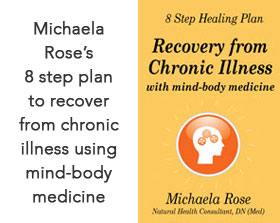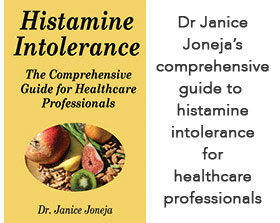|
|
Allergy risk in anaesthesia |
In France, the estimated incidence of allergic reactions during anaesthesia is 100.6 per million procedures, with a high female predominance that is not observed in children. The most frequent allergens are neuro-muscular blocking agents, latex and antibiotics. In allergic reaction to blocking agents the clinical symptoms occur close to the drug administration. When allergic symptoms occur during surgery, an allergy to latex, a vital dye, an antiseptic or a volume expanding fluid may be suspected. Reactions vary in severity, but can involve cardiac arrest. The most frequently reported reactions are pulselessness, erythema (abnormal redness of the skin), increased airway pressure, desaturation and decreased end-tidal CO2. The responsible drug can be identified after the reaction at a period of six weeks by skin tests or the detection of specific IgE using immunoassays. Patients who are thought to be at risk of allergy to latex and anaesthetics, but who have no history to refer back to, can undergo predictive allergy investigation, though this is not recommended for everyone. Providing a latex-free environment is advsibale, and treatment for allergic risk during anaesthesia is based on removal of the allergen, epinephrine administration based on symptom severity and volume expansion. Source: La Presse Médical Translation: PubMed
More research reports on allergies to drugs
|










